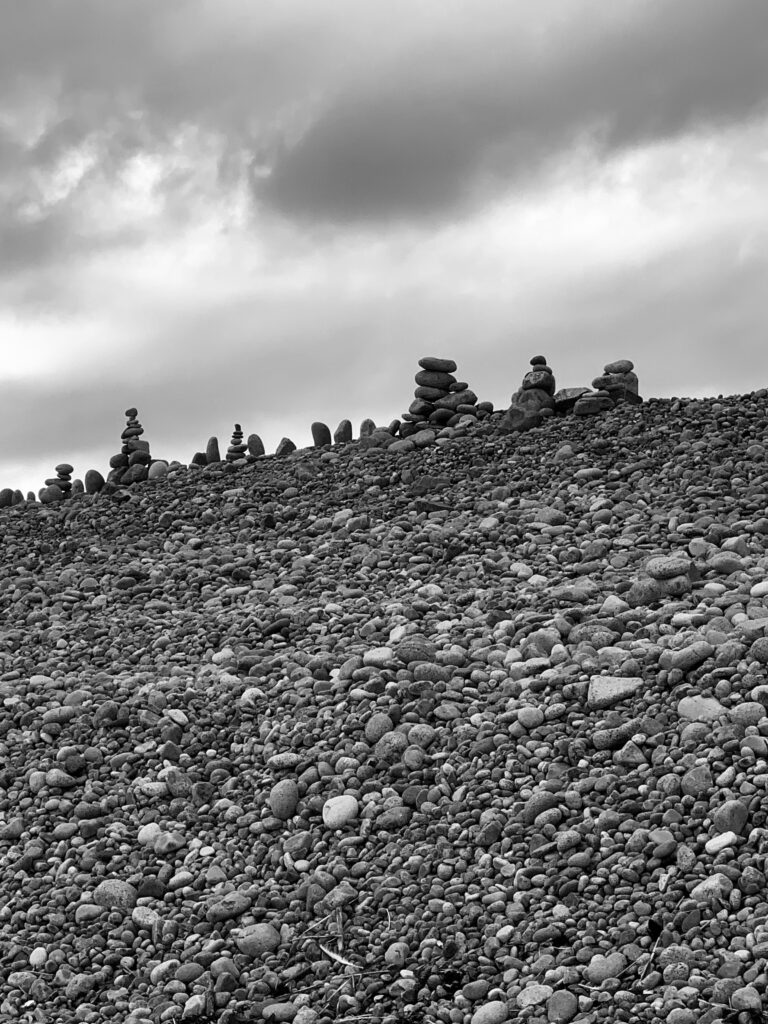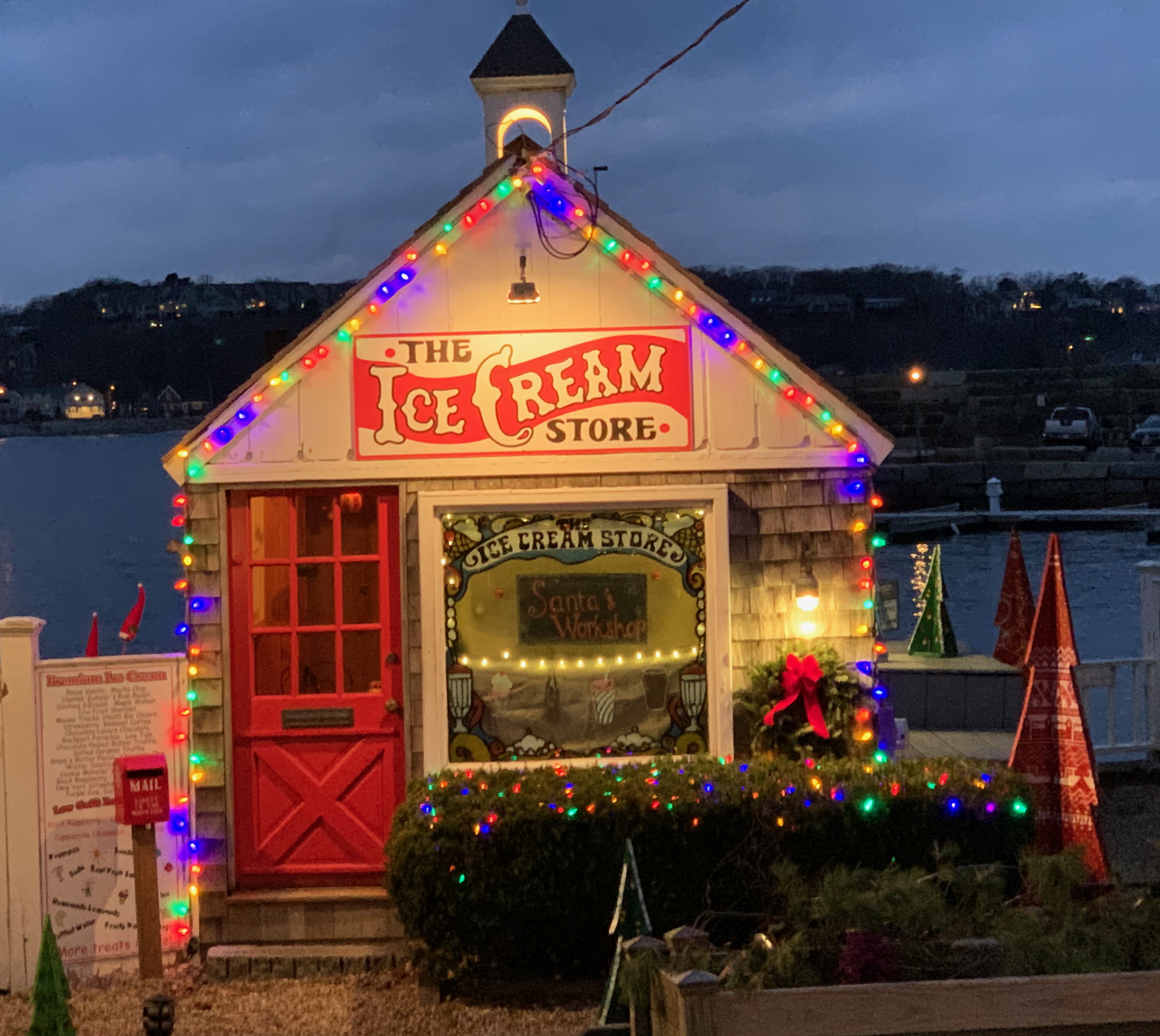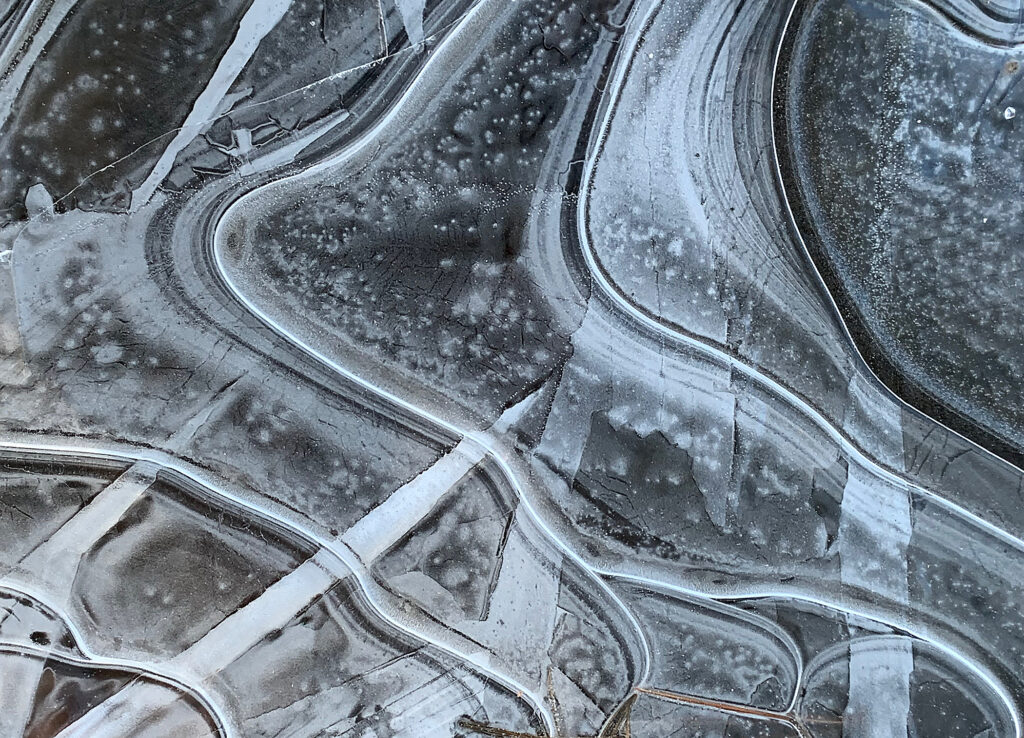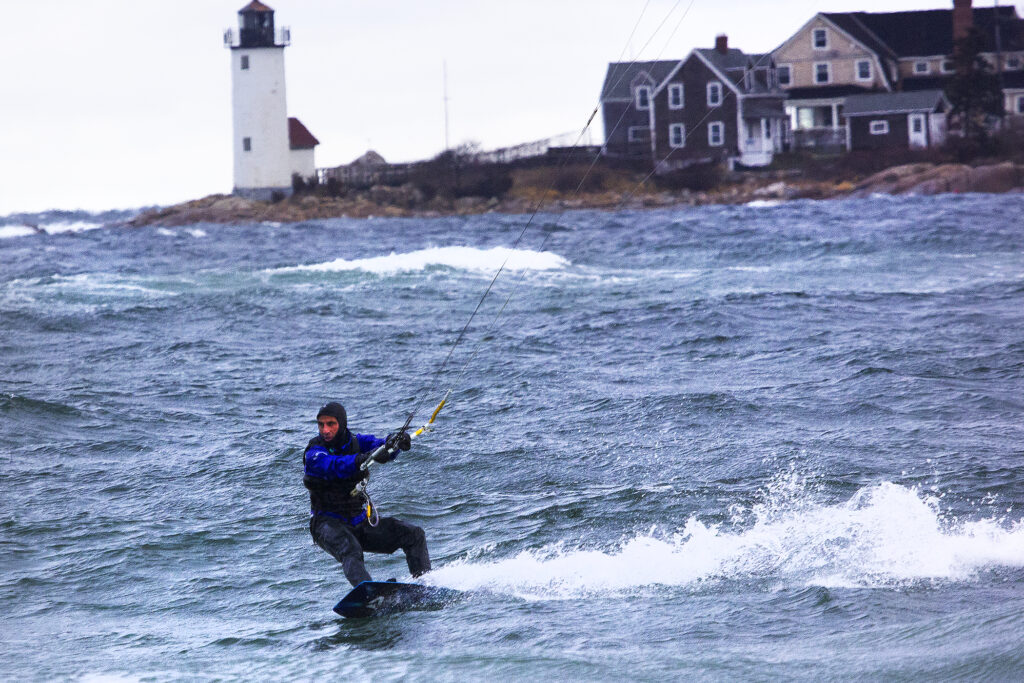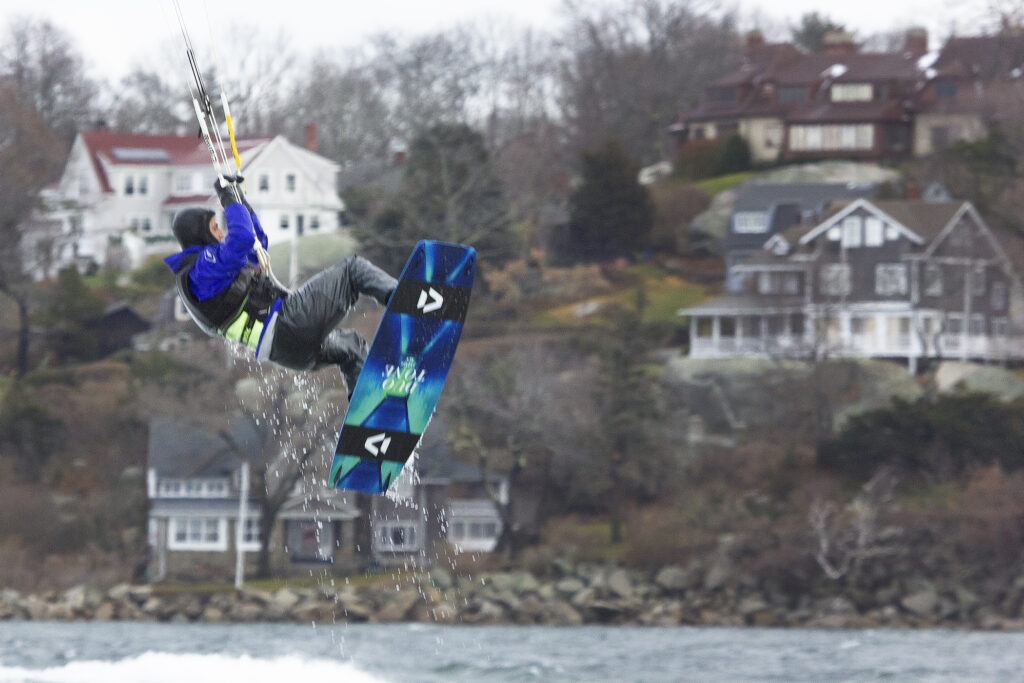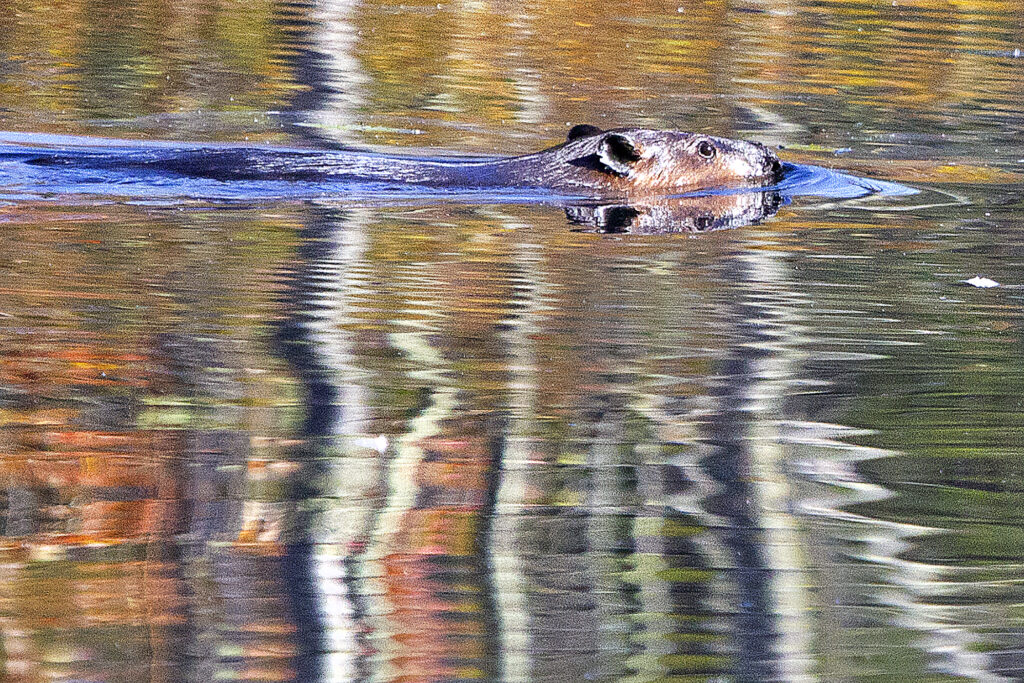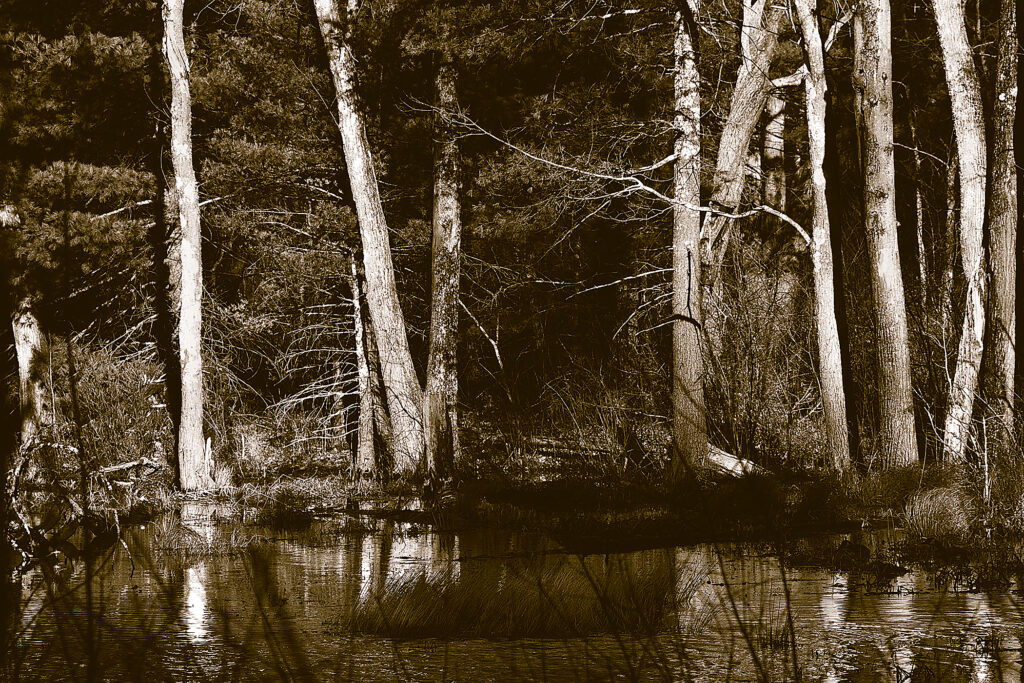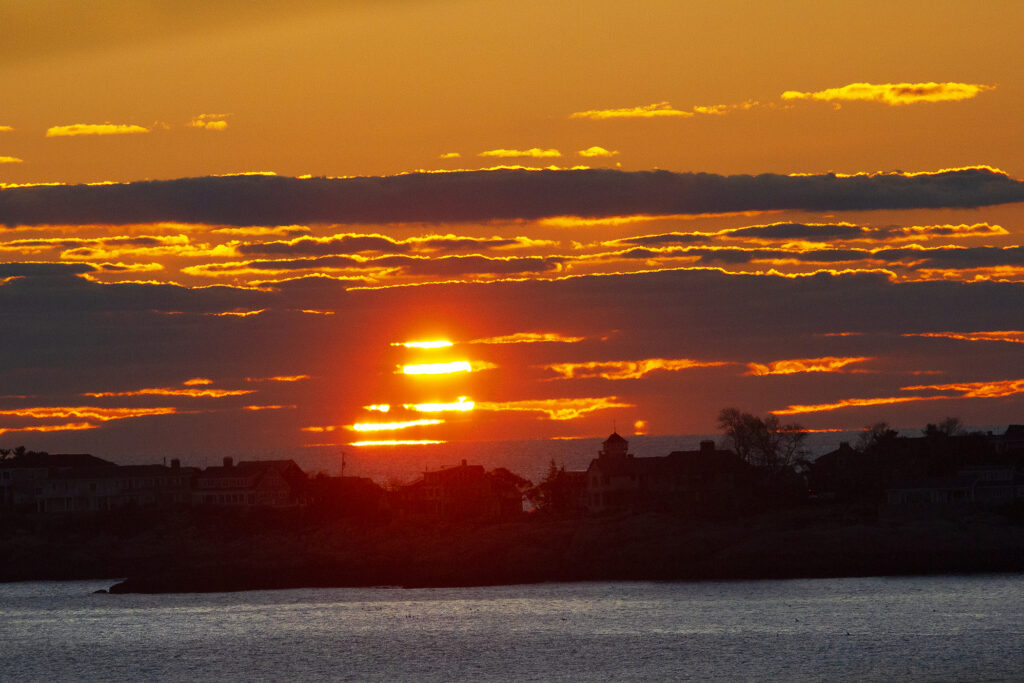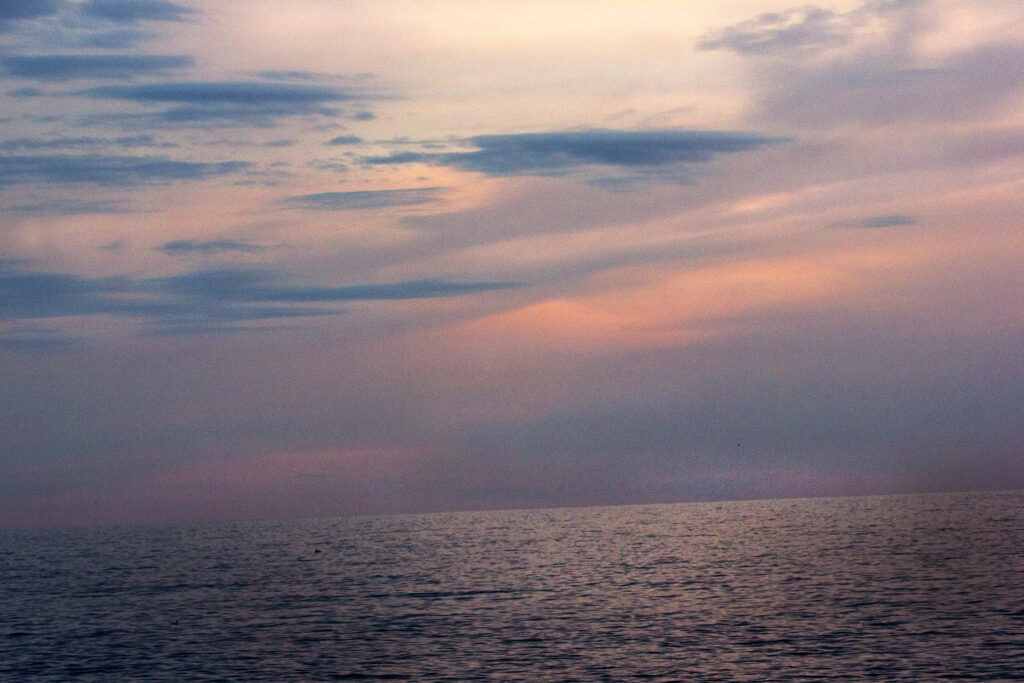As winter here has gotten gloomier and gloomier one of my favorite moody photographs is the one shown in Figure 1. Cape Hedge beach is protected by a huge mound of granite pebbles that runs the whole length of the beach. I had assumed that these were put in by the town for flood control. This is not, like Cape Cod terminal glacial terrain. But, in fact, they are the debris of the great granite ships that sailed out of Rockport. To return from distant ports they had to be loaded with stones as ballast and this is what we see – a wonderful variety of colors and crystals.
People like to scale the treacherous – well treacherous for an old man – piles and build cairns on the top. Cairns have a wonderful history dating back millennia. Perhaps most interesting are the silent cairns left by the arctic explorers, complete with notes saying who was there and what direction they headed. Ultimately they were testaments to human endurance and perseverance.
“The quality I look for most is
optimism: especially optimism
in the face of reverses and
apparent defeat. Optimism is
true moral courage.”
Sir Ernest Shacleton

